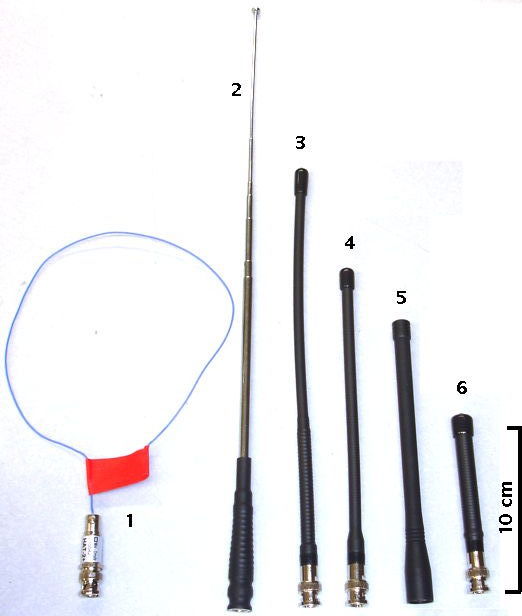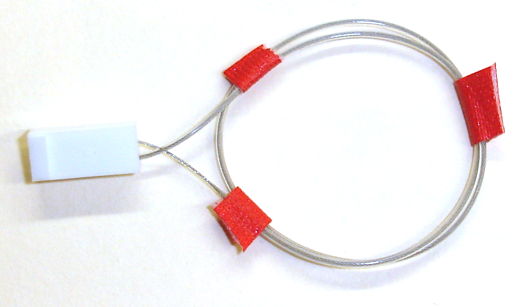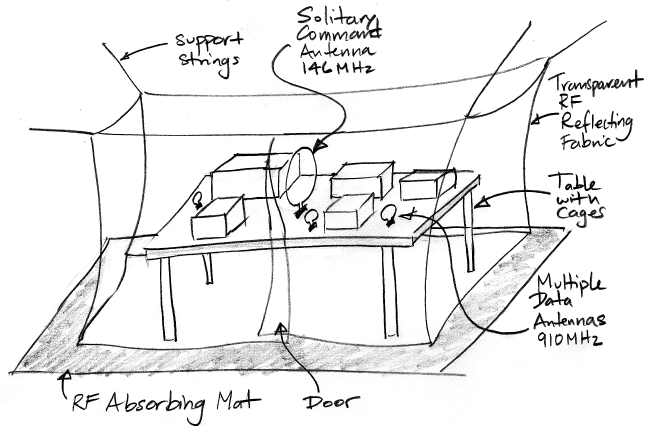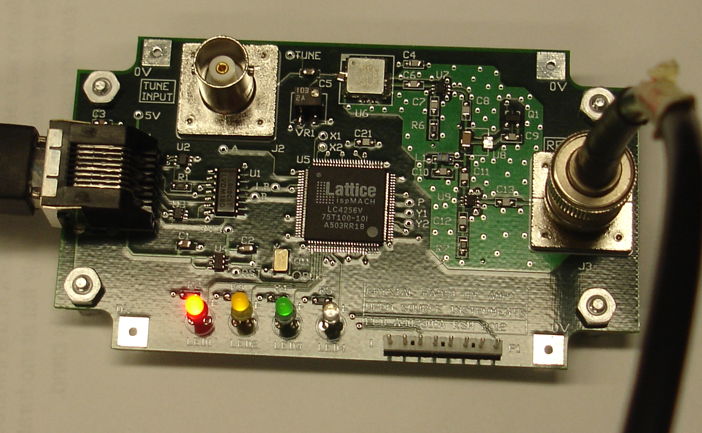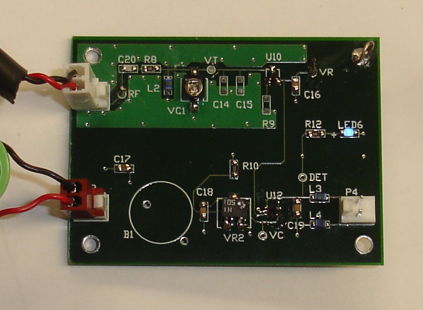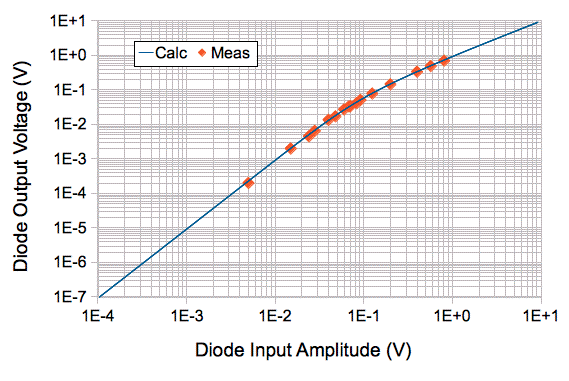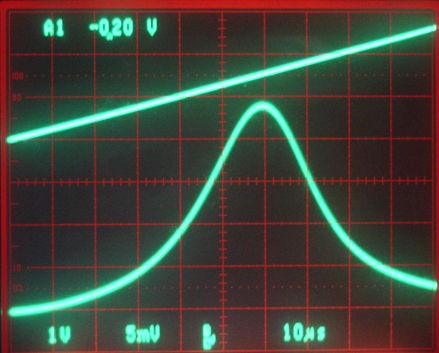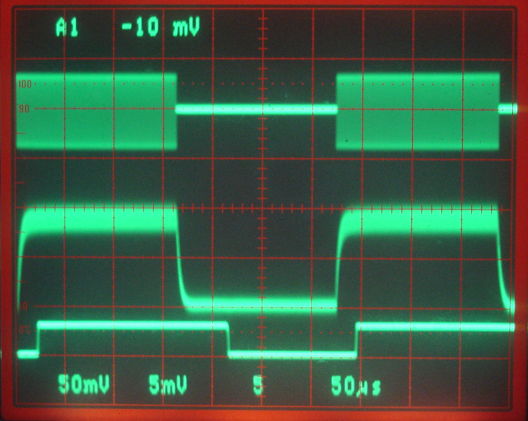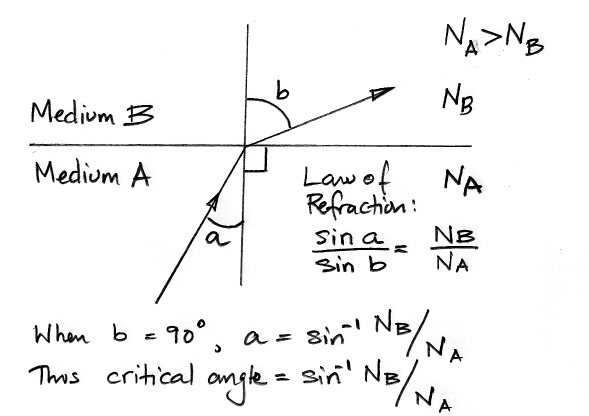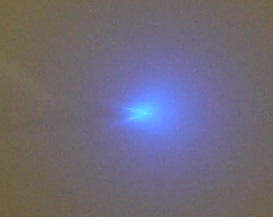Our last two posts have concerned the efficiency of coupling light into fibers. We've been asked whether we can use a fiber with a higher numerical aperture to improve this efficiency. In principle, the answer is yes. If we used a fiber with a numerical aperture of 0.50, accepting rays up to 30 degrees from the optical axis, we'd capture approximately twice as many rays as a fiber of the same size with NA=0.37. However, we've been unable to source fibers that both have such large acceptance cones and meet our project's other requirements.
We are currently
Optran Ultra fibers which have a silica core, silica cladding, and a polyimide coating. Their numerical aperture is 0.37. The polyimide coating serves no optical purpose and is burned off in the tapering process, leaving an all-glass fiber.
There are 0.48 NA fibers available from Thorlabs (such as PN:
BFL48-400), which are constructed of a silica core, polymer cladding, and Tefzel buffer. One such fiber has a 400μm core and 430μm cladding, but the Tefzel buffer is 730μm in diameter. We cannot taper these fibers without destroying the polymer cladding. We could simply polish the end of the fiber and insert it into the brain, but the blunt end would cause more tissue damage than a tapered fiber. Another problem arises with the Tefzel buffer. It is thick, making the fiber's cross sectional area 2.75 times larger than a fiber with the same core size and a 440μm total diameter (as is available in 0.37NA). We expect this greater size may be more invasive. We could attempt to strip the Tefzel coating off of the fiber, but Thorlabs warns against this:
The cladding material utilized to achieve the large NA of these fibers is a softer polymer than normally found in polymer clad step-index multimode fibers. Consequently, the cladding material has a higher probability of being removed from the fiber when the buffer is being stripped for normal connectorization.
There are other high NA fibers on the market. The Optran Ultra line includes fibers with numerical apertures greater than 0.37, but these fibers also rely optically on a polymer cladding. Their construction consists of a glass core, glass cladding, polymer buffer, and Tefzel jacket. According to a company representative whom we spoke with, the the polymer buffer is optically active. These fibers are, effectively, double step index fibers. We anticipate the same difficulty stripping them as we would encounter with the Thorlabs fiber. Like the Thorlabs fiber, the thick Tefzel coating increases the total size without increasing the light-gathering surface area. For example, the NA= 0.53 fiber has a core diameter of 200μm has a total diameter of 500μm (compared with our current use of 300μm core, 330μm total). In this case, the high NA fiber would only have 44% the light gathering surface of our current fiber, but over 2 times the total cross sectional area - making it more intrusive for similar power delivery.
Dennis Kaetzel has pointed us to "page 30 in the doric catalogue attached for 300um / 0.48NA and 200um / 0.53NA". We are investigating this fiber. If its construction is all-glass, unlike that sold by Thorlabs and CeramOptec, we ought to be able to achieve great capture efficiency and make tapers out of it. Otherwise, the difficulties discussed above remain.
According to Shibata et al. in "High Numerical Aperture Multicomponent Glass Fiber", a glass made of 40% PbO by weight will have refractive index 1.65 as compared to usual glass with index 1.55. Using the lead glass as a core we could obtain a numerical aperture of 0.56. In practice, they obtained 0.50. This would give us an acceptance cone of +-34 deg. Compared to our existing +-22 deg, we would get double the capture efficiency. It may be that all-glass fibers like this are not commercially available. Perhaps in the future we could custom order this kind of fiber. In the meantime, we can continue to refine our tapering and production process. The construction techniques we develop ought to carry over easily to any all-glass fiber that we find in the future.
There is an alternate way to use polymer-cladded fibers. We have equipped our
tapering machine with an oxy-hydrogen micro torch as the heater. It produces a very small hot-zone. When we turn the flame on, it heats a length of fiber under 1mm long to glowing hot. This is the region of the fiber that is tapered (we produce gradual tapers by translating the hot zone along the length of the fiber). We begin tapering fibers with the polyimide still intact and it is burned off by the heat. The polyimide coating burns back approximately 2mm from behind the hot zone. Supposing that we were able to successfully strip the Tefzel coating off of a high NA fiber without damaging the polymer cladding, we could taper it and accept that the polymer coating will be damaged. We don't know how the polymer coating withstands heat, but it might be possible that is not damaged much more than polyimide. In this case, we could have a sharp, short taper (1mm long) at the tip of the fiber that minimizes damage to neural tissue upon insertion. Immediately behind the taper would be a 2mm zone of bare glass where the polymer cladding will have been burned off.

Illustration: A 0.48NA optical fiber with one end tapered. The polymer cladding is removed for 2mm behind the tapered region due to the heat of the tapering process.
Where exactly the light is emitted from the fiber using this approach would depend heavily on the optical properties of the brain. If its refractive index is uniformly similar to water, the brain may act as cladding and most light would not exit the fiber until the tapered region. If, however, there are a sufficient number of particles of high refractive index which interact with the fiber, the majority of light may be pulled out of the 2mm long section without cladding. In that case, it may be impossible to concentrate light output into as small of a volume as is possible with our current approach.
To this point, our work has been focused on all-glass fibers, so we will continue working with all-glass, NA=0.37 fiber, and plan on experimenting with other approaches as we perfect the tapering and production process. We will readily experiment with high NA fiber made of all glass if we can find it.

